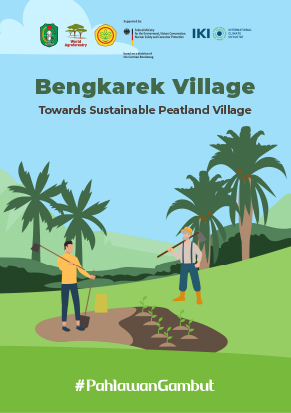Jatropha curcas L. attracts a lot of interest as a biofuel crop, triggering large investments and rapid expansion of cultivation areas, and yet, it should still be considered as a (semi-)wild, undomesticated plant. To use the full potential of Jatropha and to support further expansion and systematic selection, breeding and domestication are a prerequisite. This review reveals and identifies gaps in knowledge that still impede domestication of Jatropha. Prebreeding knowledge is limited. In particular, the regeneration ecology and the degree of genetic diversity among and within natural populations in and outside the center of origin are poorly studied. There is only a limited understanding of the Jatropha breeding system and the effect of inbreeding and outbreeding. This review presents all currently available and relevant information on the species distribution, site requirements, regeneration ecology, genetic diversity, advances in selection, development of varieties and hybridization. It also describes possible routes to a better Jatropha germplasm, gives recommendations for tackling current problems and provides guidance for future research. We also discuss the participatory domestication strategy of Jatropha integration in agroforestry.
DOI:
https://doi.org/10.4155/bfs.09.4
Pontuação Altmetric:
Dimensões Contagem de citações:



















